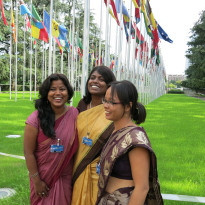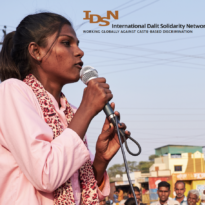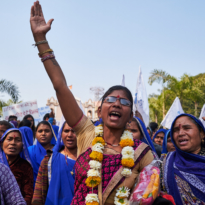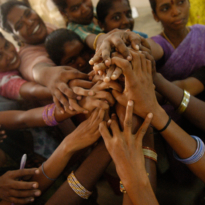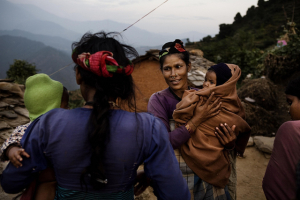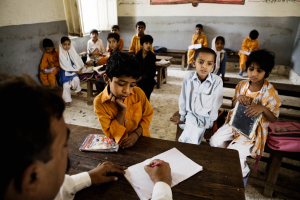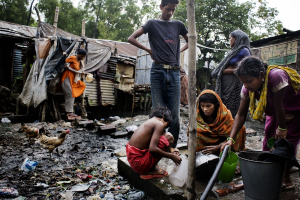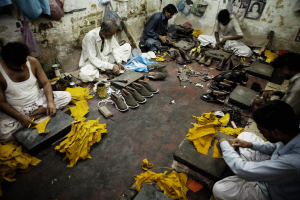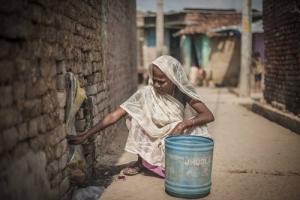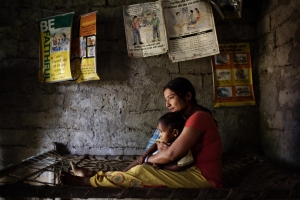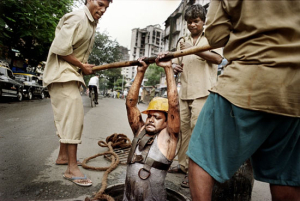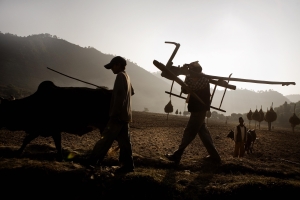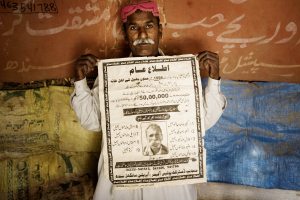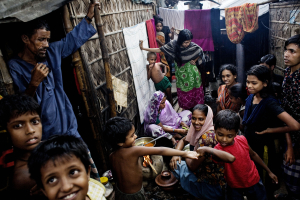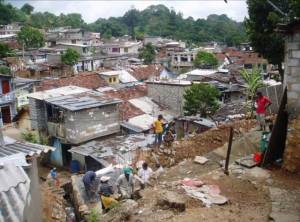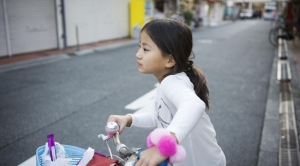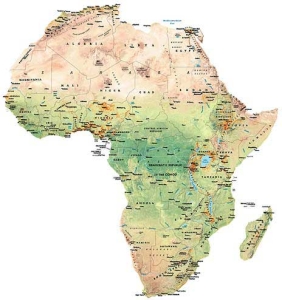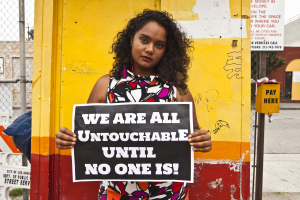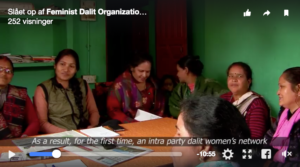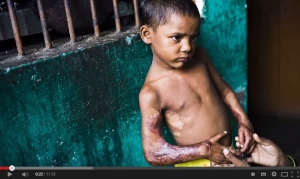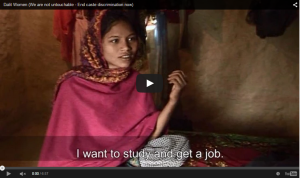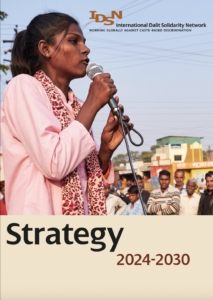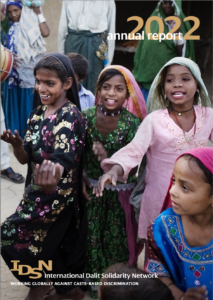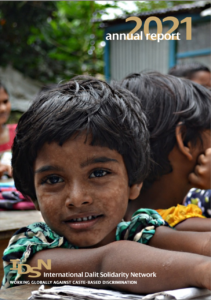News
UN rights review calls for stronger anti-discrimination measures in Bangladesh
April 18, 2024IDSN’s Executive Director Reviews ‘UNTOUCHABLE – Laughing Out Caste’ by Manjeet Sarkar
March 7, 2024Review of the film Origin by IDSN Ambassador Aidan McQuade
March 4, 2024IDSN welcomes Renu Sijapati as the first Dalit woman from Nepal to be chair of the IDSN Board
More newsKey Issues
At the bottom of South Asia’s caste, class and gender hierarchies, are Dalit women.
They suffer multiple discrimination – as Dalits, as women and as economically disadvantaged.
Dalit children are especially vulnerable.
They often face harrassment, physical abuse and barriers to education, and are key targets of slavery.
A significant proportion of Dalits find themselves trapped in a vicious cycle of contemporary slavery.
Forced and bonded labour, is often interlinked with the caste system.
lliteracy and drop-out rates among Dalits are very high due to a number of social and physical factors.
Dalit children face discrimination from students and teachers.
Caste discrimination – and the practice of “untouchability” – continues to persist.
Often with impunity for perpetrators of gross human rights violations.
Businesses in caste-affected countries are likely to be based on the economic exploitation of castes.
Violations of both national legislation as well as international law, often occur.
Manual scavenging is a caste-based occupation for Dalits.
Only by using basic tools, manual scavengers are removing human excrement.
Many Dalit women have been forced into sexual slavery or suffer systematic sexual abuse by dominant castes.
Most girls and women in India’s urban brothels come from lower-castes.
Discrimination often become a hindrance to reaching out to Dalits.
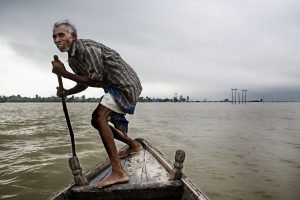
Photo: Jakob Carlsen
Dalits are particularly vulnerable when disasters strikes and discrimination in Aid delivery must be prevented.
Dalits are often limited from equal and meaningful political participation.
Their political influence is limited due to their weak economic, social and political position.
Countries
India is home to more than 200 million Dalits.
Despite constitutional safeguards & legislation to protect Dalits, discrimination remains widespread.
Almost half of Nepal’s Dalits live below the poverty line.
According to the official 2011 census, Dalits constitute 13.6 per cent of the total population.
Dalits in Pakistan are victims to double discrimination due to their religious status.
Crimes against them are often committed with impunity.
The estimates of the number of Dalits in Bangladesh vary from 3.5-5.5 million
Caste discrimination affects both the Hindu and the Muslim populations in Bangladesh.
Caste descrimination affects four-five million people in Sri Lanka.
Dalits constitute 83 percent of the total of 3.6 million plantation workers.
In Japan caste-based discrimination is discrimination against the Burakumin of Japan.
They are a minority group, ethnically and linguistically indistinguishable from other Japanese people.
The ‘Untouchable’ group in Yemen is called Al-Akhdam.
They live at the bottom of the society, facing lack of basic social servicse, education and employment.
Dalits tent to bring the caste system with them, when they move and settle in other countries.
It has been estimated that there are at least 250.000 Dalits living in the UK.
African caste-affected communities suffer from exclusion from employment and political representation.
It’s called ‘discrimination based on work and descent.’
South Asians often bring the caste system with them, when they settle in other countries.
Caste discrimination is common in the United Kingdom as well as in USA.
IDSN Photos and Videos
Video · Dalit women - Nepal
Inspiring video from FEDO about Dalit women and political representation.


